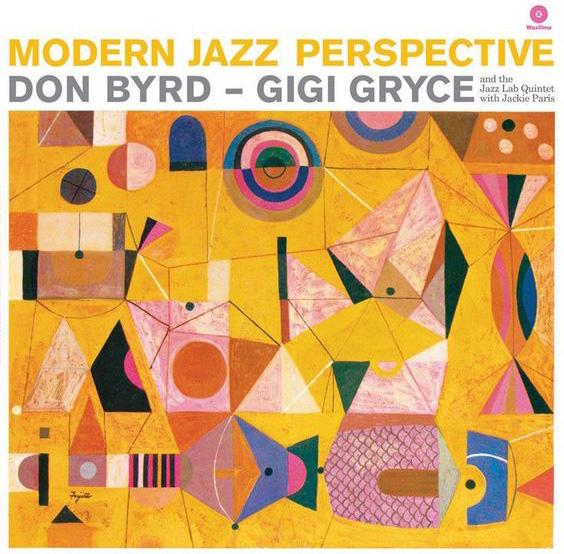
2 minute read
Neil Fujita
Neil Fujita arrived in Colombia records and noticed the modern design elements which featured throughout their covers, ‘showing just type, a photo of the artist, and some shapes arranged in an interesting way.’ which had predominantly been designed by Steinweiss. Fujita wished to transform their design department and evidently did so by developing fundamental ideas of modernism and utilising its tenets of order, in a new, post modern manner.
Advertisement
Fujita wished to transform their design department and evidently did so by developing fundamental ideas of modernism and utilising its tenets of order, in a new, post modern manner. Neil Fujita arrived in Colombia records and noticed the modern design elements which featured throughout their covers, ‘showing just type, a photo of the artist, and some shapes arranged in an interesting way.’ which had predominantly been designed by Steinweiss.
He noticed the modern design elements which featured throughout their covers, ‘showing just type, a photo of the artist, and some shapes arranged in an interesting way.’ which had predominantly been designed by Steinweiss. Fujita wished to transform their design department and evidently did so by developing fundamental ideas of modernism and utilising its tenets of order, in a new, post modern manner.
The album cover for jazz ‘Modern Jazz Perspective’ the idea of abstraction and the influence of modern cubist painting is abundantly evident this further illustrating the ‘modern approach’ Fujita instilled in his post modern designs.Fujita wished to transform their design department and evidently did so by developing fundamental ideas of modernism and utilising its tenets of order, in a new, post modern manner.


Modern Jazz Perspective - Neil Fujita
In his album cover for jazz musicians Dave Brubeck’s ‘Time Out’ the idea of abstraction and the influence of modern cubist painting is abundantly evident and in particular to Picasso’s ‘Les Femmes D’alger’ The similarities in shape, form and and feel arguably reflect that of Fujita’s abstract painting for the ‘Time Out” album, further illustrating the ‘modern approach’ Fujita instilled in his post modern designs. Fujita wished to transform their design department and evidently did so by developing fundamental ideas of modernism and utilising its tenets of order, in a new, post modern manner.

Time Out (Dave Brubeck) - Neil Fujita
HE TRIED TO IMGAINE THE SOUND



OF THE COLOUR RED










